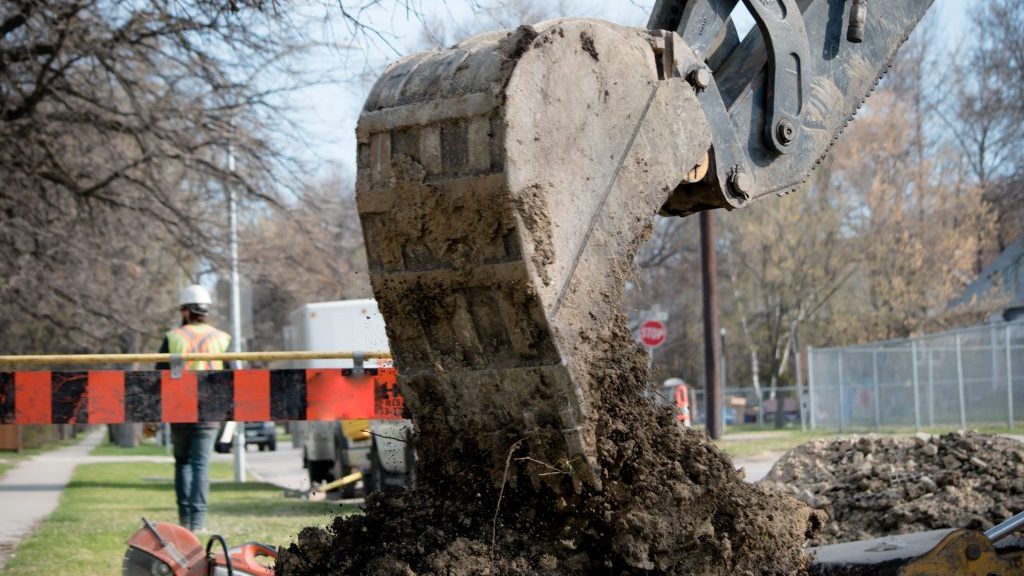Cannabis use, exposure to fentanyl and the impact of an aging workforce were top of mind among stakeholders responding to the Ministry of Labour’s (MOL) Safe At Work survey last year.
The most recent survey wrapped in October 2018 and will set the tone for the MOL’s spring initiatives.
The surveys and relationship with stakeholders are key to how OH&S evolves and injuries and fatalities are prevented, says Ron Kelusky, Ontario’s Chief Prevention Officer, who was appointed last spring.
“We’re trying to do things differently and that is working with the various sectors and saying, do you know what the top 10 causes of injuries are and the critical risks you are dealing with that cause 90 per cent of fatalities?”
Gathering input from those at the front line is critical in shaping programs and initiatives going forward, he says.
“We have the knowledge, health and safety people, the Ministry of Labour, the WSIB, we have that knowledge,” he says. “It’s how that knowledge is transferred and translated. You can talk about it until you are blue in the face and if it’s not absorbed, it’s not working. It’s a combination of not just the worker but the supervision.”
Among other issues of concern for stakeholders were mental/psychological health issues in the workplace, technological distractions, musculoskeletal disorders and repetitive strain injuries.
Some 440 attendees were at the spring and fall sessions — some attending both — representing employer and worker associations large and small along with unions across several sectors from all over Ontario. Generally the events are packed, the MOL says, and there are also written submissions.
One of the key learnings from stakeholders was that the ministry should work with sector organizations to gather data.
You know the guy fell but then you have to look at all the other factors
—Ron Kelusky
Ontario Chief Prevention Officer
“Companies want guidance on what data to collect,” the MOL said in response to written questions from The Daily Commercial News. “Near misses and all incidents should be reported.”
Given the complexity of issues and the diverse workplaces covered by OH&S, including construction, it’s no surprise that many stakeholders want more compliance support resources.
“Specifically, they mentioned that guidelines and codes of practices are often useful and should be released in advance of legislation/regulations coming into effect,” the ministry said.
In response, the MOL says one of the key changes in 2018-19 will be to add a compliance awareness component before changes are rolled out.
“The ministry is working closely with Ontario’s health and safety associations to provide resources before and during initiatives so that workplace parties have compliance support throughout the initiative,” the MOL said.
Also, stakeholders urged those guidelines and background materials to be in “plain language and easily accessible. Many stakeholders found the website difficult to navigate.”
The MOL is looking at whether developing apps, clear templates and checklists and examples of best practices might solve some of the challenges reported.
It’s a complex issue Kelusky says, and the approach now is to take a more public health approach, looking at it as an epidemiology. This brings in more data which then can be analyzed using Big Data technology.
“You know the guy fell but then you have to look at all the other factors,” Kelusky says. “What led up to that, was it the weather, was the company on overdrive because they were behind schedule?”
The MOL undertook a survey of 5,400 people with 100 health and safety questions, he says.
“We asked what do you want to learn, how do you want to learn, are you a risk taker to get a better profile to learn what’s going on out there,” he says.
The hope is that by better understanding the underlying facts and better targeting the messaging and reinforcing it constantly, the end result will be similar to a public health campaign on smoking.
“In 1968, 80 per cent of the people smoked,” he says. “In 2019, 20 per cent of people smoke. We knew there was a correlation between smoking and cancer in 1949 but it’s been a 70-year journey.”








Recent Comments
comments for this post are closed